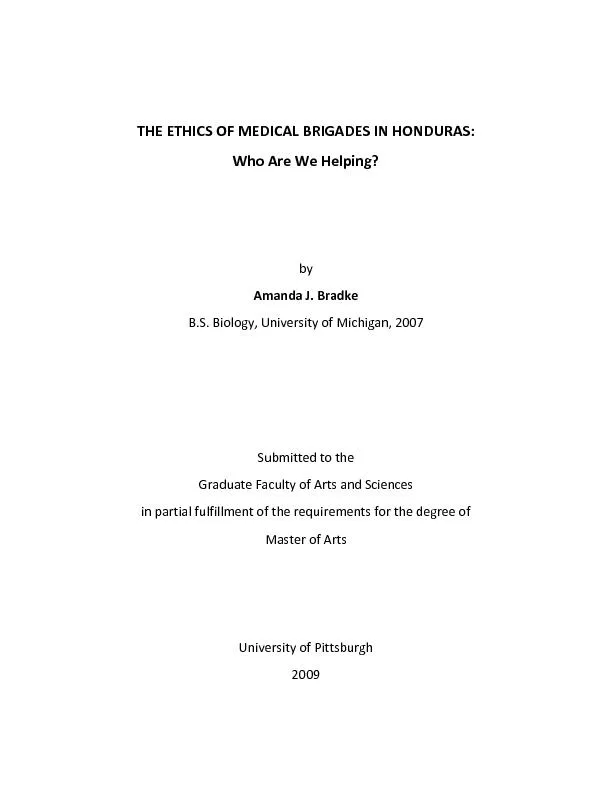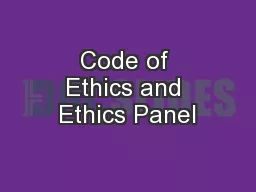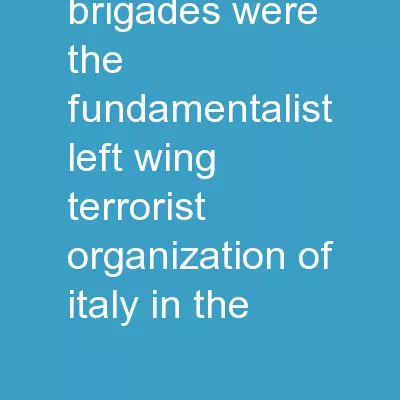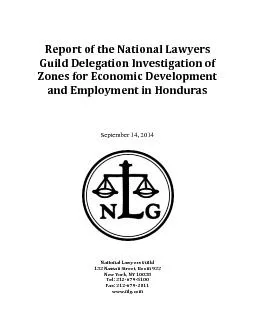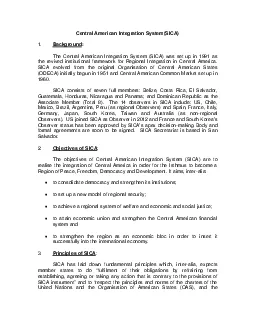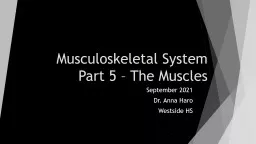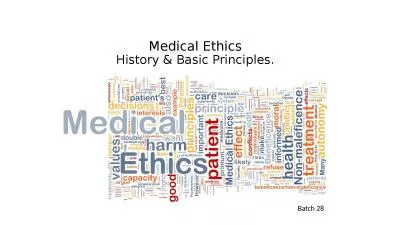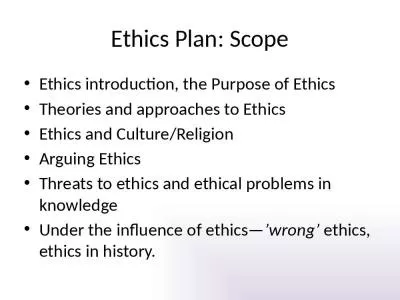PDF-THE ETHICS OF MEDICAL BRIGADES IN HONDURAS:
Author : lois-ondreau | Published Date : 2016-03-04
Who Are We Helping by Amanda J Bradke BS Biology University of Michigan 2007 Submitted to the Graduate Faculty of Arts and Sciences in partial fulfillment of the
Presentation Embed Code
Download Presentation
Download Presentation The PPT/PDF document "THE ETHICS OF MEDICAL BRIGADES IN HONDUR..." is the property of its rightful owner. Permission is granted to download and print the materials on this website for personal, non-commercial use only, and to display it on your personal computer provided you do not modify the materials and that you retain all copyright notices contained in the materials. By downloading content from our website, you accept the terms of this agreement.
THE ETHICS OF MEDICAL BRIGADES IN HONDURAS:: Transcript
Download Rules Of Document
"THE ETHICS OF MEDICAL BRIGADES IN HONDURAS:"The content belongs to its owner. You may download and print it for personal use, without modification, and keep all copyright notices. By downloading, you agree to these terms.
Related Documents

